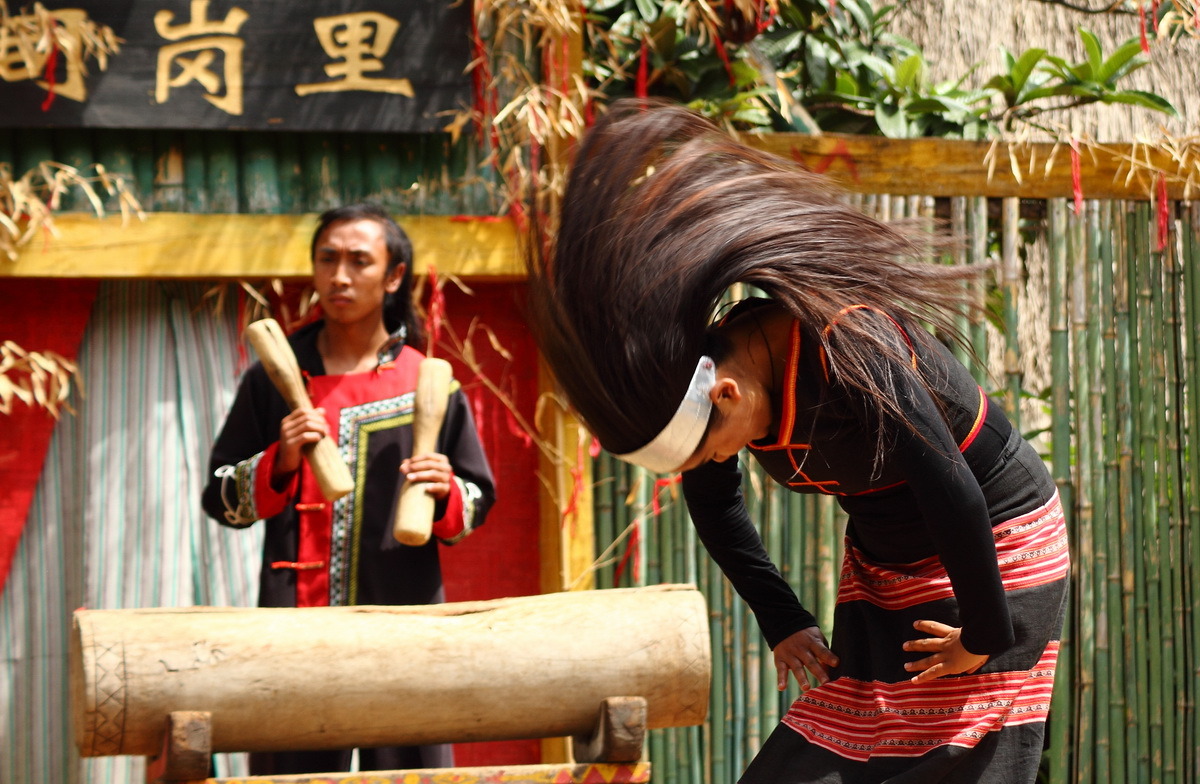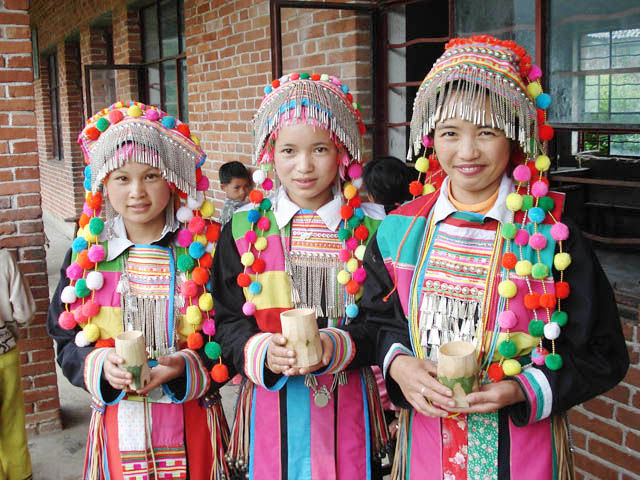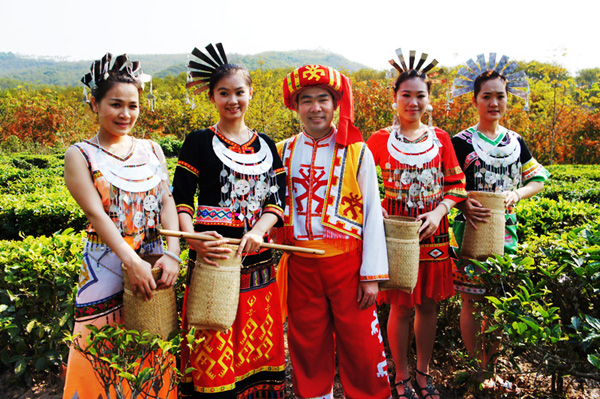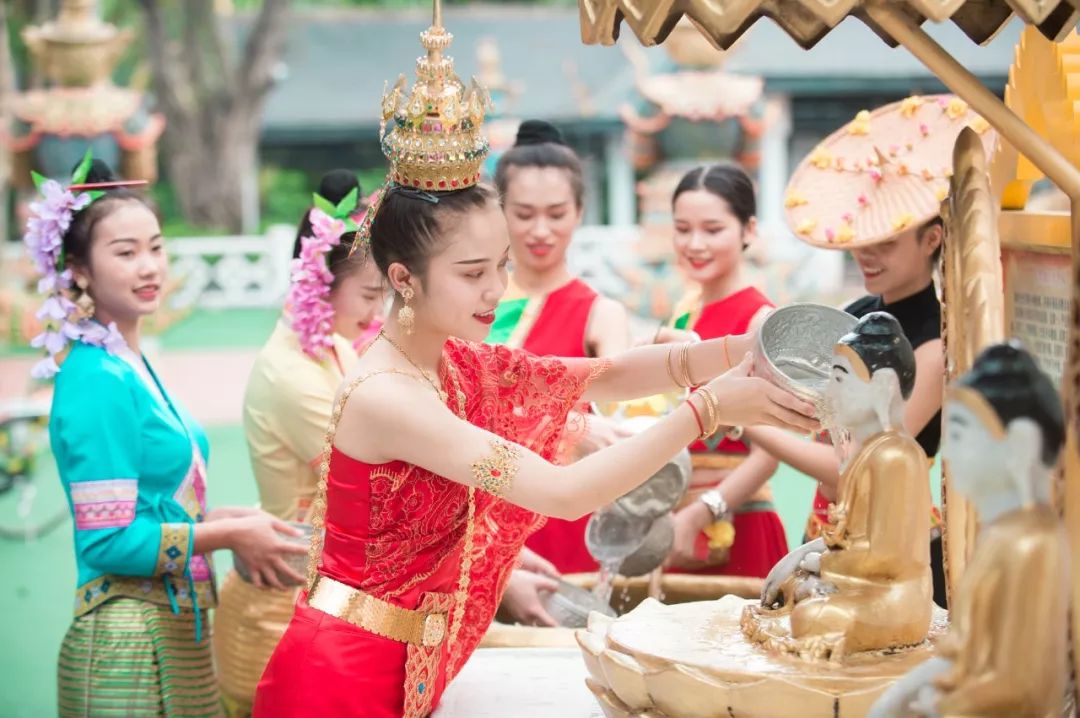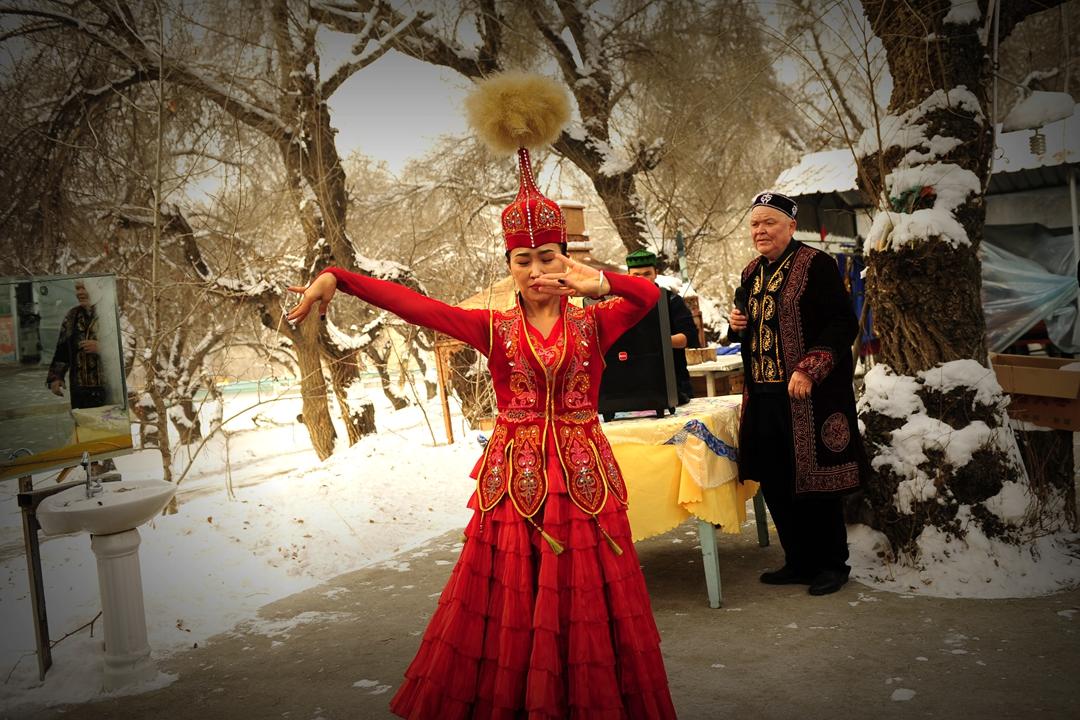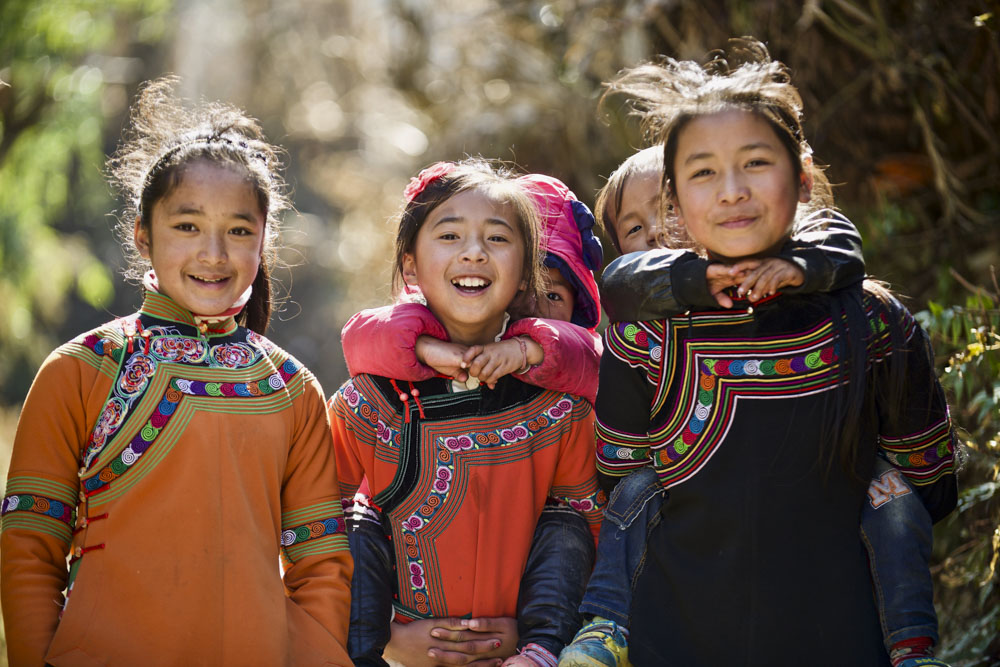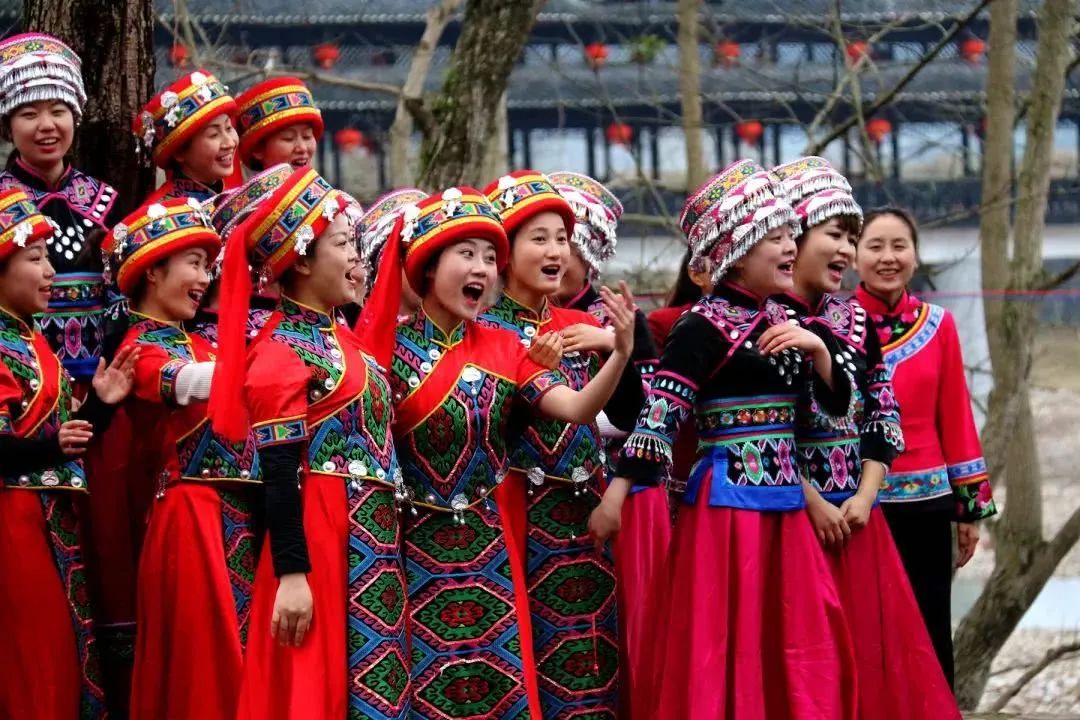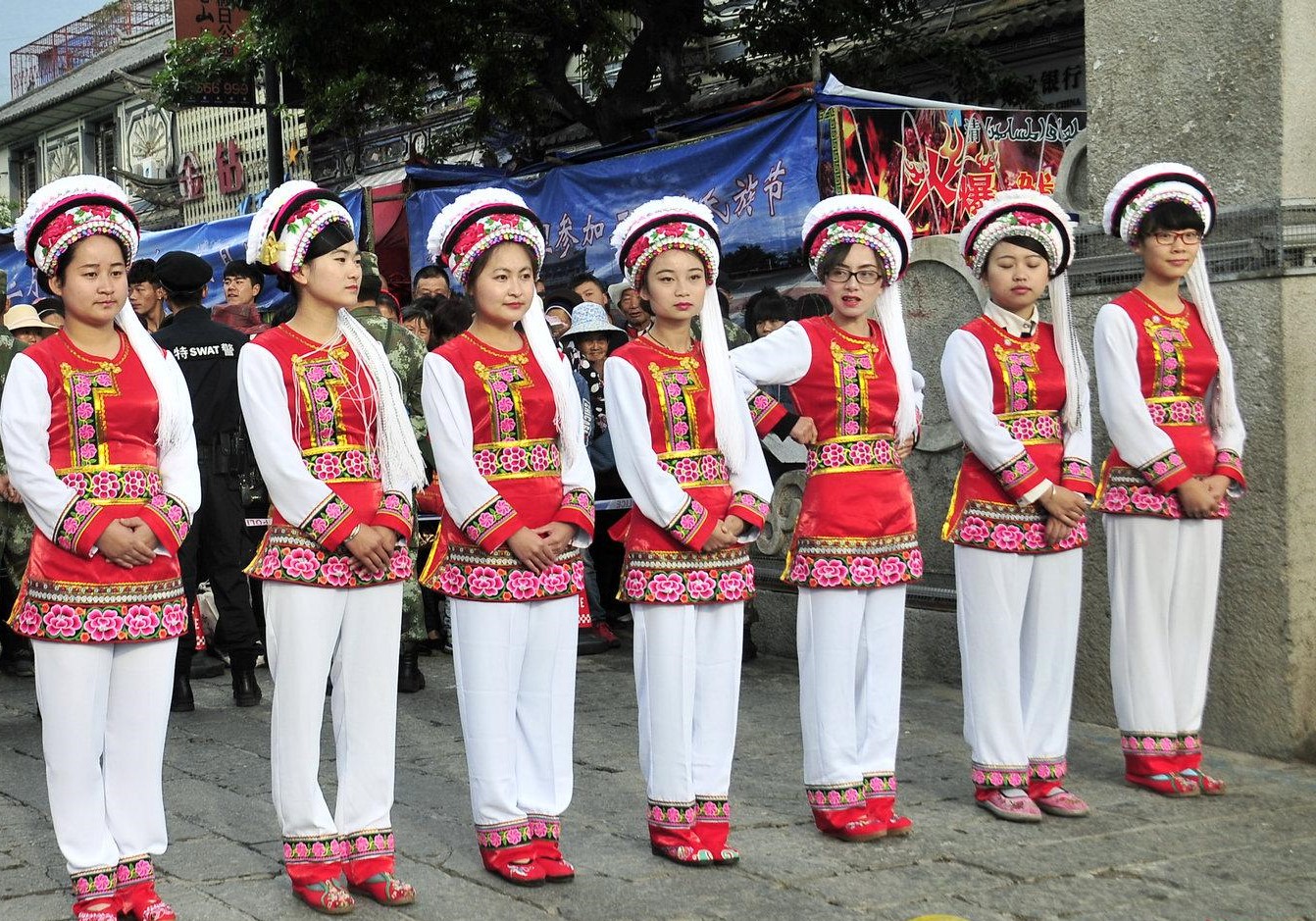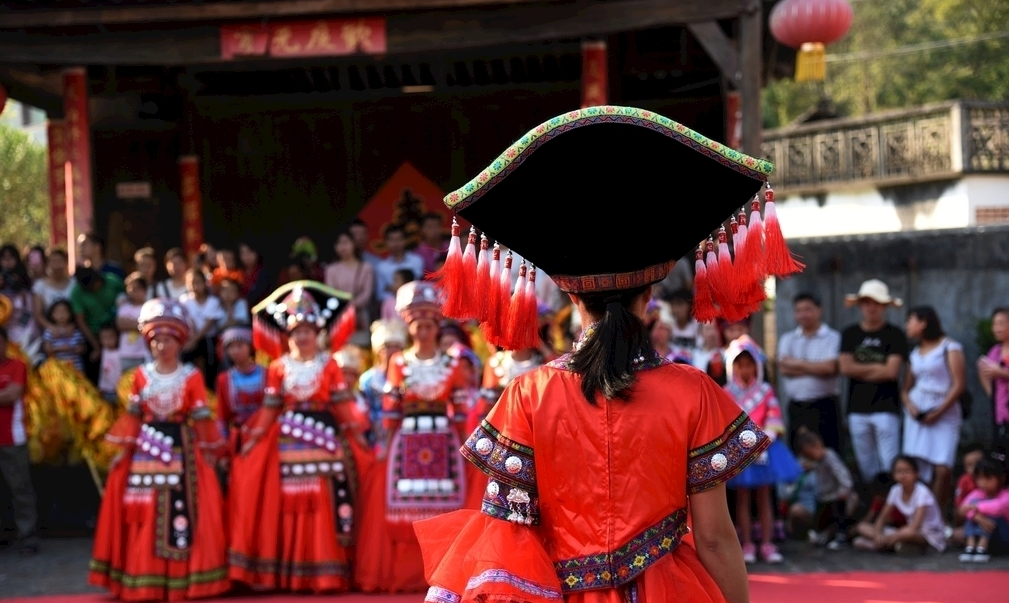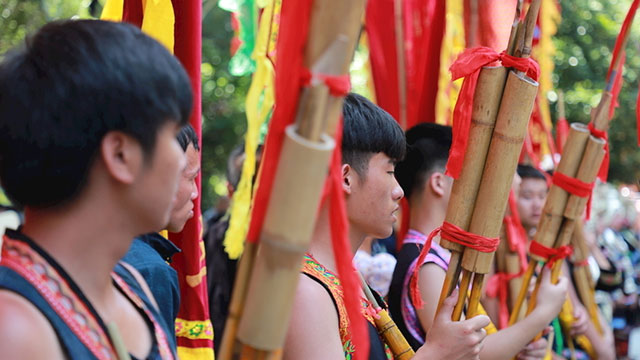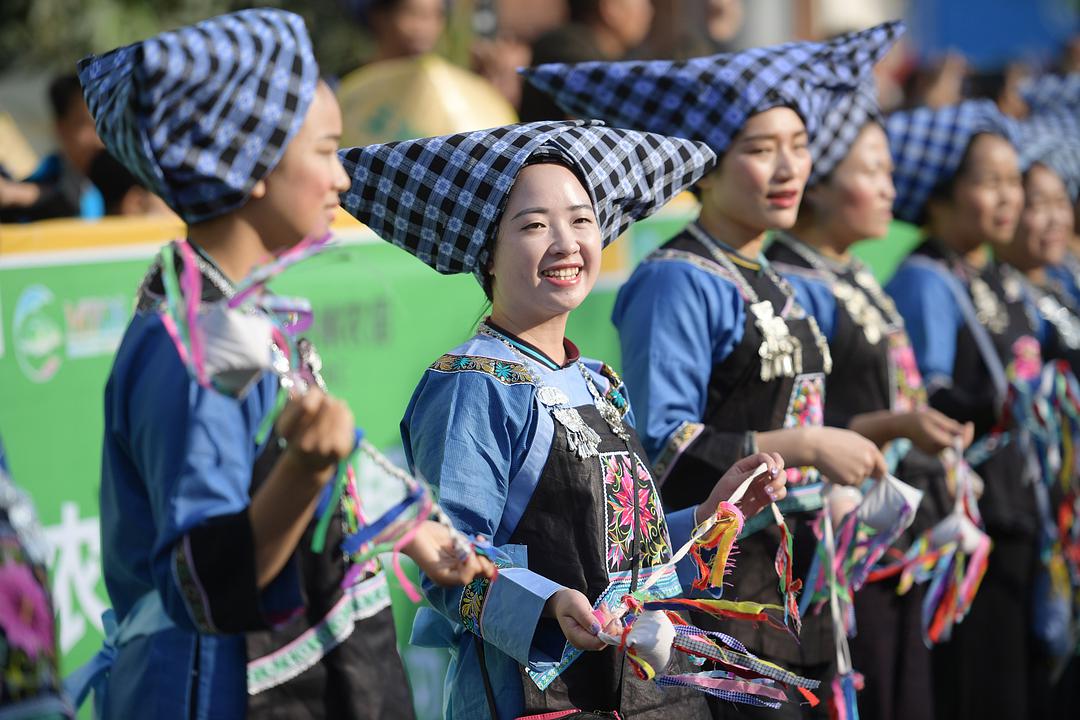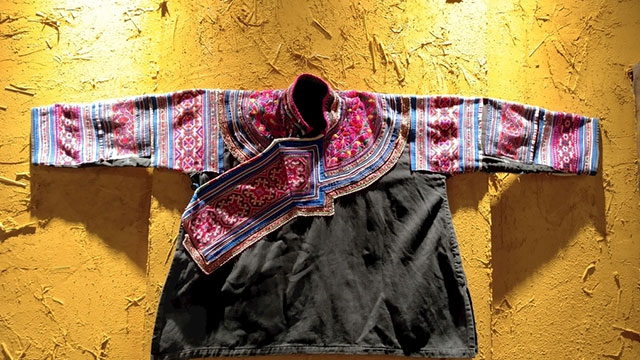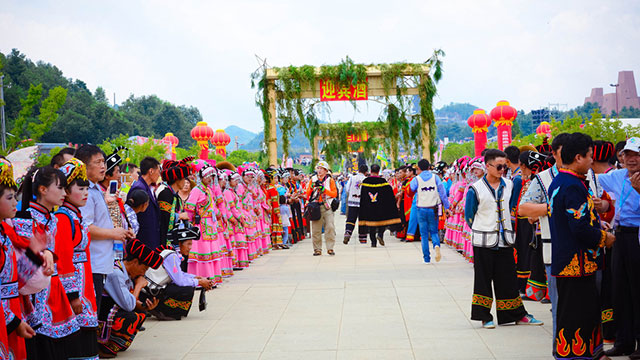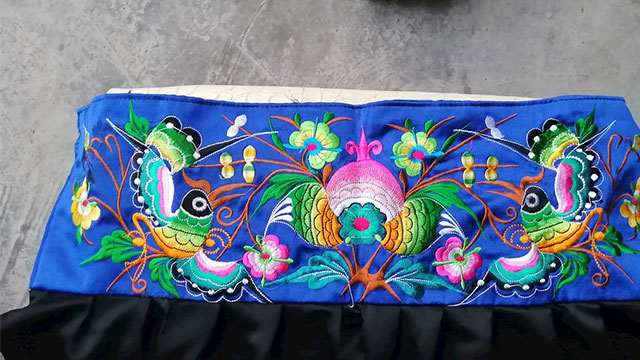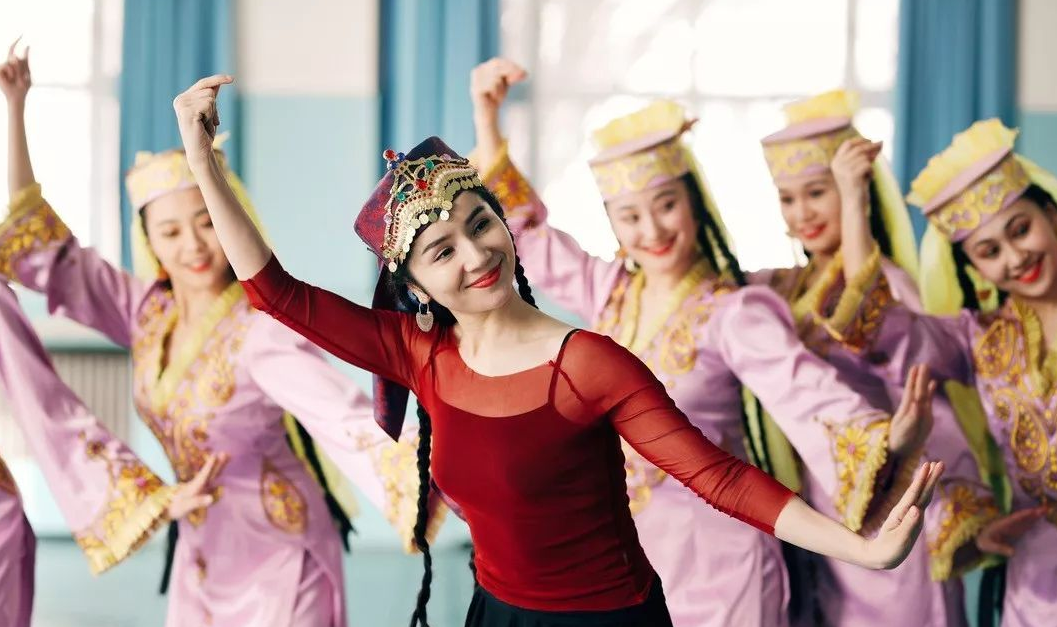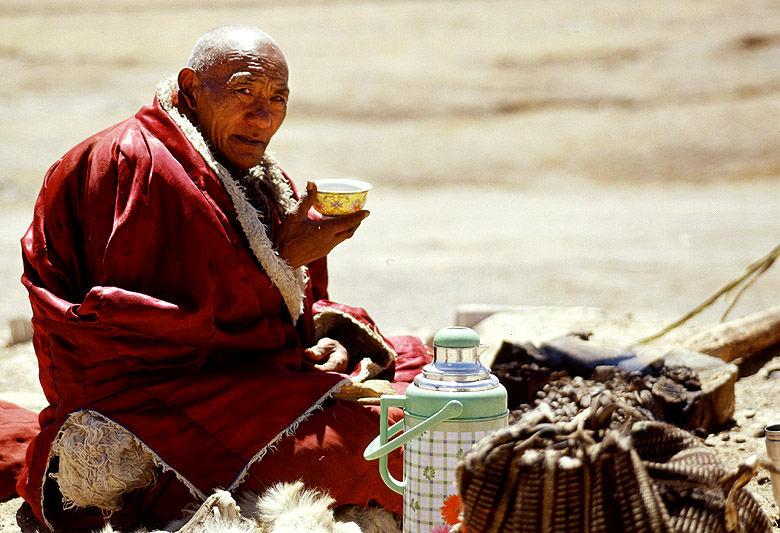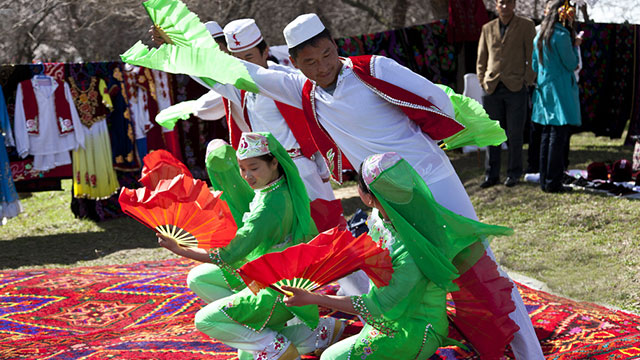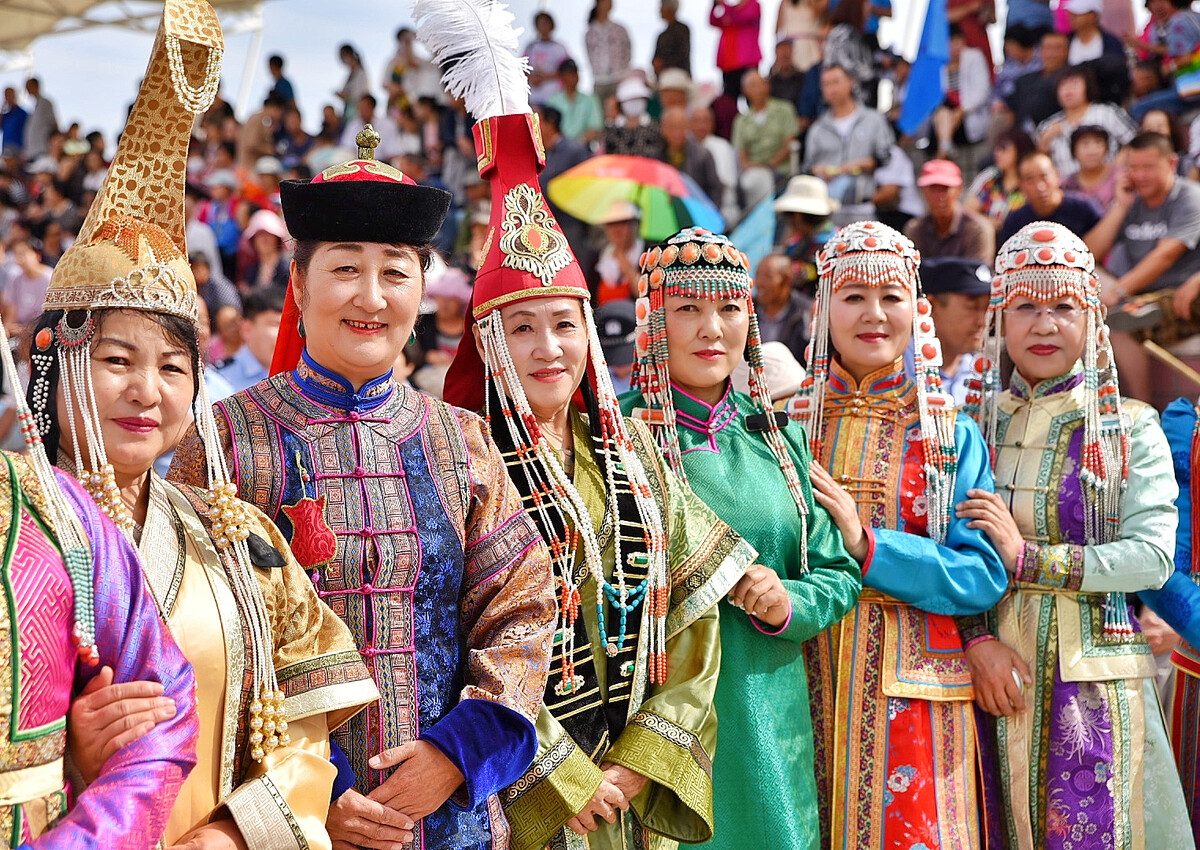56 nationalities
The Chinese nation is officially defined by the government of the people's Republic of China as the general name of the 56 recognized nationalities in the people's Republic of China. The Chinese nation is the community name representing the modern Chinese nation.
The Chinese nation consists of 56 ethnic groups. The Han nationality is the main ethnic group in China, accounting for 91.51% of the total population. There are 55 other ethnic groups, accounting for 8.49% (the sixth census). The Han nationality and 55 ethnic minorities constitute the great Chinese nation. China is a unified multi-ethnic country with the Han nationality as the main body and 56 ethnic groups. In addition, there are several unidentified ethnic groups that have not been officially recognized by the people's Republic of China. The concept of the Chinese nation was first put forward by Liang Qichao in his 1902 work on the general trend of changes in Chinese academic thought. Relevant historical and anthropological theories include Fei Xiaotong's "pluralistic integration" theory and Xu zhuoyun's "transformation and mixing of the self and the other". The political concept of the Chinese nation was put forward in the late Qing Dynasty The of the Republic of China and new China have different definitions.
-
Wa Nationality
Wa nationality is one of the ethnic minorities in China and Myanmar. The national language is wa language, belonging to the wa German branch of the mon Khmer language family of the South Asian language family. There is no common language. People use physi - Wa Zu
Views: 80 Time 2021-03-07 -
Lisu Nationality
Lisu nationality belongs to the South Asian type of Mongolian race. Its national language belongs to the Yi branch of Tibetan Burmese language family of Sino Tibetan language family. Its characters are divided into new and old Lisu languages. It generally - Li Su Zu
Views: 32 Time 2021-03-07 -
Li Nationality
Li nationality, the earliest resident of Hainan Island, belongs to the Li language branch of Zhuang Dong language family of Sino Tibetan language family. Most Li people can also speak Chinese. In the past, Li people did not have their own national languag - Li Zu
Views: 53 Time 2021-03-07 -
Dai Nationality
Dai nationality (Roman letter: Dai), also known as Thai nationality (Thai: Pang Pang, Roman letter: Thai), Shan nationality (Roman letter: Shan), etc. the national language is Dai (Thai), belonging to the Zhuang Dai branch of Zhuang Dong nationality of Si - Dai Zu
Views: 41 Time 2021-03-07 -
Kazak Nationality
Kazak is the main ethnic group in Kazakhstan, accounting for 65.5% of its total population. According to the statistics of the sixth national census in 2010, the total population of Kazak in China is 1462588. - Ha Sa Ke Zu
Views: 34 Time 2021-03-07 -
Hani Nationality
Hani nationality, known as aka nationality in Southeast Asia, whose national language is Hani Language, belongs to the Yi branch of Tibetan Burmese language family of Sino Tibetan language family. Modern Hani nationality uses newly created Pinyin characte - Ha Ni Zu
Views: 44 Time 2021-03-07 -
Tujia Nationality
Tujia nationality (Tujia Language: bifzivkar) is a nation with a long history. It has a national language. It belongs to the Tibetan Burmese language family of the Sino Tibetan language family, close to the Yi language branch. There is no national languag - Tu Jia Zu
Views: 46 Time 2021-03-07 -
Bai Nationality
Bai nationality is the 15th largest ethnic minority in China, mainly distributed in Yunnan, Guizhou, Hunan and other provinces. Among them, the Bai nationality in Yunnan Province has the largest population, mainly living in Dali Bai Autonomous Prefecture, - Bai Zu
Views: 51 Time 2021-03-07 -
Yao nationality
Yao nationality, one of the oldest nationalities in China, belongs to the Yao language branch of Miao Yao language family of Sino Tibetan language family, the Miao language branch of Miao Yao language family of Sino Tibetan language family, and the Dongsh - Yao Zu
Views: 98 Time 2021-03-07 -
Dong Nationality
Dong nationality (Dong Language: gaeml) is a minority nationality in China. The national language is Dong language. It belongs to the Dong Shui language branch of the Zhuang Dong language family of the Sino Tibetan language family and believes in many god - Dong Zu
Views: 55 Time 2021-03-07 -
Buyi Nationality
Buyi Nationality, a relatively large minority in Southwest China, has the Buyi language as its national language. It belongs to the Zhuang Dai branch of the Zhuang Dong language family of the Sino Tibetan language family. It is closely related to the Zhua - Bu Yi Zu
Views: 30 Time 2021-03-07 -
Zhuang Nationality
The Zhuang nationality (Zhuang: bouxcuengh, English: bourau), formerly known as the Zhu long nationality, is a minority with the largest population in China. The national language is Zhuang, belonging to the Zhuang Dai branch of the Zhuang Dong nationalit - Zhuang Zu
Views: 44 Time 2021-03-07 -
Yi Nationality
Yi is the sixth largest ethnic minority in China. Its national language is Yi. It belongs to the Yi branch of the Tibetan Burmese language family of the Sino Tibetan language family. There are 6 dialects in the north, East, South, Southeast, West and cent - Yi Zu
Views: 33 Time 2021-03-07 -
Miao Nationality
Miao nationality is an ancient nationality scattered all over the world, mainly distributed in Guizhou, Hunan, Hubei, Sichuan, Yunnan, Guangxi, Qiong and other provinces and regions of China, as well as Laos, Vietnam, Thailand and other countries and regi - Miao Zu
Views: 61 Time 2021-03-07 -
Uygur Nationality
Uighurs mainly live in Xinjiang Uygur Autonomous Region, mainly distributed in the south of Tianshan Mountain. The oasis around Tarim Basin is the center of Uighur settlement, especially Kashgar oasis, Hotan oasis, Aksu River and Tarim River Basin. Turpan - Wei Wu Er Zu
Views: 47 Time 2021-03-07 -
Tibet Nationality
Tibetans are one of China's 56 ethnic groups and the indigenous people of the Qinghai Tibet Plateau. It is mainly distributed in Tibet Autonomous Region, Qinghai Province, Western Sichuan Province, Diqing in Yunnan, Gannan in Gansu and other regions in Ch - Cang Zu
Views: 57 Time 2021-03-07 -
Hui nationality
Hui is a minority with a large population in China, with a total population of 10586087 (2010, excluding Taiwan Province), which is distributed in 31 provinces, autonomous regions and municipalities directly under the central government. Ningxia Hui Auton - Hui Zu
Views: 49 Time 2021-03-07 -
Mongolian Nationality
At first, Mongolia was only the name used by one of the Mongolian tribes with Donghu as its ethnic origin. Later, it gradually absorbed and integrated the forest hunting and grassland nomadic tribes living in Mobei area, and developed into the common name - Meng Gu Zu
Views: 62 Time 2021-03-07
